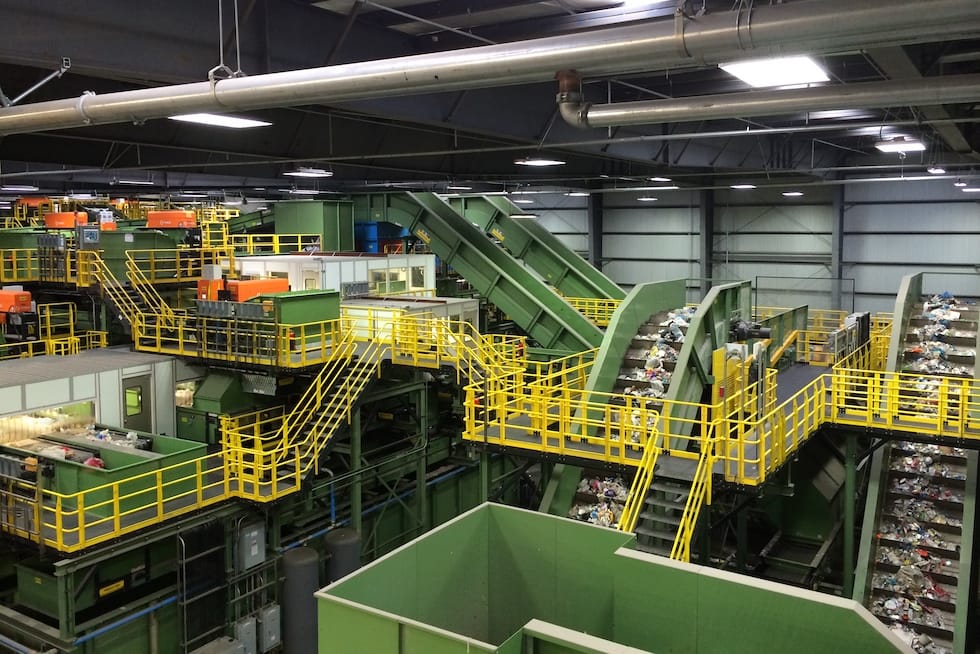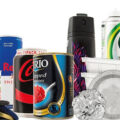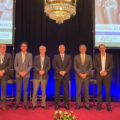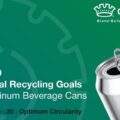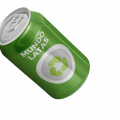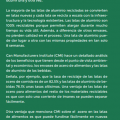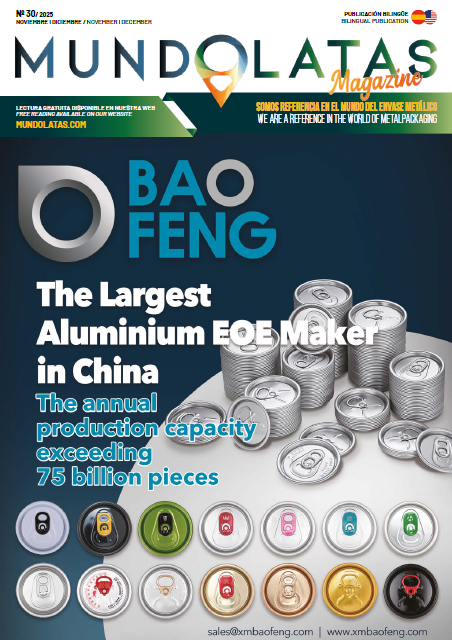Two companies, Ardagh Metal Packaging and Crown Holdings, have decided to join forces to agree to donate to the capture of cans at specific waste sorting sites. This is intended to be a concrete aid to promote new recycling actions.
It is clear that the 2021 can capture grants have been very effective in terms of performance results. The statistics reflect an accumulation of almost 140 million aluminum containers during the year and an economic gain of close to two million dollars in revenues.
And it is that both Ardagh Metal Packaging and Crown Holdings, which are involved in the manufacture of aluminum beverage cans, are funding a new grant opportunity as part of their ongoing support for activities to stimulate the installation of additional aluminum can capture equipment at materials recovery facilities (MRFs), which sort single-stream recyclables. This new grant opportunity builds on the five grants that Ardagh and Crown funded in 2021.
Already in 2021, the Can Manufacturers Institute (CMI) made five donations to the MRF, which was much larger than expected. Initial projections were that these five grants would fund equipment that, once installed, would capture 71 million aluminum beverage cans annually, generating just over $1 million in revenue for the U.S. recycling system. Recent performance data from four of the five beneficiaries show that the impact is even greater: almost 140 million aluminum cans captured per year.
“Ardagh and Crown generously fund recycling system improvements with significant environmental and economic impacts,” said Scott Breen, CMI’s Vice President of Sustainability. In this regard he added that “CMI’s can recycling impact calculator shows that when the nearly 140 million aluminum beverage cans are captured and recycled each year due to these grant enhancements, the annual impacts are more than $2 million generated for the recycling system and realized carbon savings equivalent to driving just over 34 million miles, or nearly 1,400 times around the Earth.”
The Recycling Partnership, the leading force behind recycling improvement across the country, will continue to offer grants. This aid will be directed mainly to the so-called “MRF” (Material Recovery Facilities) to contribute to the development of environmental measures.
“Capturing every aluminum beverage can at MRFs is important, as the metal is recycled forever and used beverage cans (UBCs) are consistently one of the most valuable materials in the recycling stream,” said John Rost, Crown’s vice president of global sustainability and regulatory affairs. In fact, CMI-funded research by Gershman, Brickner & Bratton, “Aluminum Beverage Cans: Driver of U.S. Recycling System,” concluded that, without revenue from UBCs, most MRFs would not be able to operate without changes to their business models. This same research found that as many as one in four aluminum beverage cans are incorrectly sorted at a typical MRF for several reasons, including that the cans are flattened horizontally into flat objects and then sorted as if they were paper.
In 2022, Ardagh and Crown conducted a study to understand the economic impact of aluminum bottle misclassification at five sites in three RPFs. The analysis revealed that between 7 and 36 aluminum cans are lost every minute, resulting in an average annual revenue loss of $71,900 per point of loss. With the relatively high economic value of UBCs, the can capture equipment at these loss points had an average payback of three years.
Ardagh and Crown also funded the development of tools to catalyze the installation of more can capture equipment. In 2022, CMI made available a free return on investment (ROI) calculator, developed by RRS, that any MRF can use to see the ROI of installing additional can capture equipment.
“Ardagh is proud to join Crown and to continue to invest in can sorting efficiencies at MRF to strengthen aluminum beverage can recycling,” said Jennifer Cumbee, Ardagh’s director of sustainability, global metal. “These investments reflect our commitment to the industry to increase beverage can recycling rates, as CMI details in its Aluminum Beverage Can Recycling Roadmap and Handbook. The goals and tactics are clear, as CMI’s aluminum beverage can sector members are aligned to improve from a 45 percent aluminum beverage can recycling rate in 2020, making it the most recycled beverage container in the U.S., to new heights of 70 percent by 2030, 80 percent by 2040 and 90 percent by 2050.”
Recycling more aluminum beverage cans has many benefits. On the one hand, it means that there is more UBC material available to incorporate into new cans. Currently, aluminum beverage cans manufactured in the United States have an average of 73% recycled content, the highest average of all beverage containers. Additional recycling of aluminum beverage cans also means a greater environmental and economic impact, as well as a greater number of cans that exemplify the circular economy, as they move from the recycling garbage can to the store shelf as a new can in as little as 60 days.

